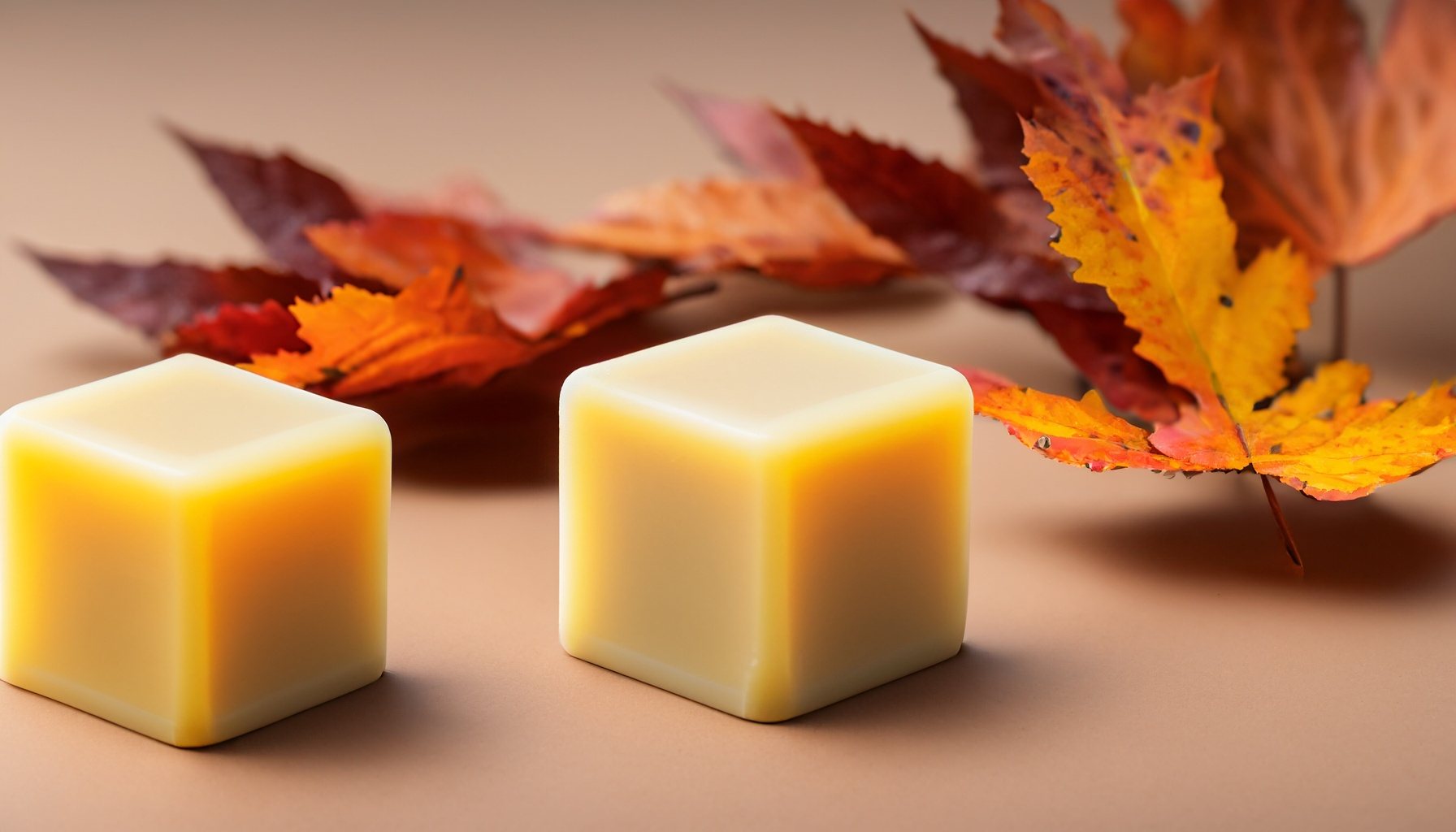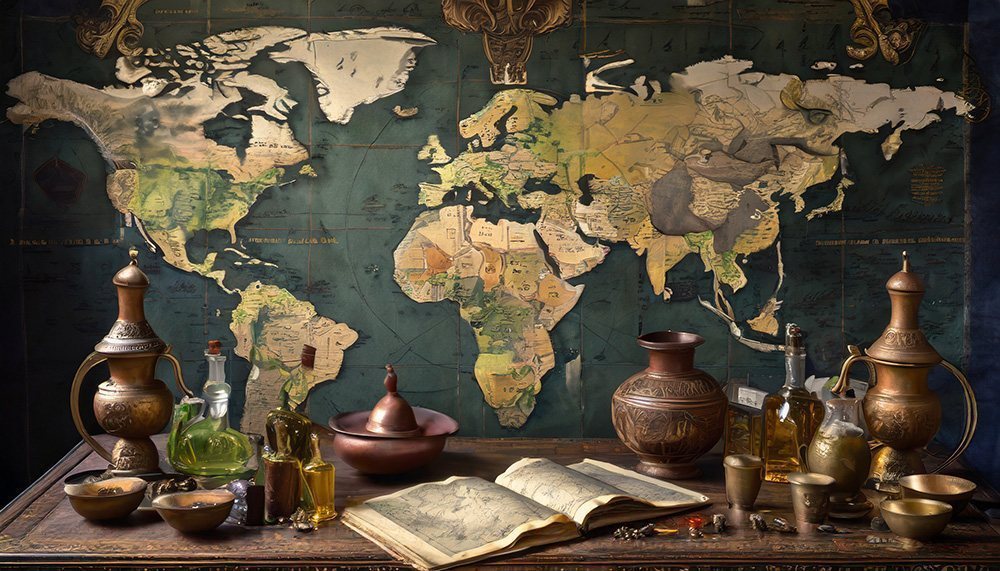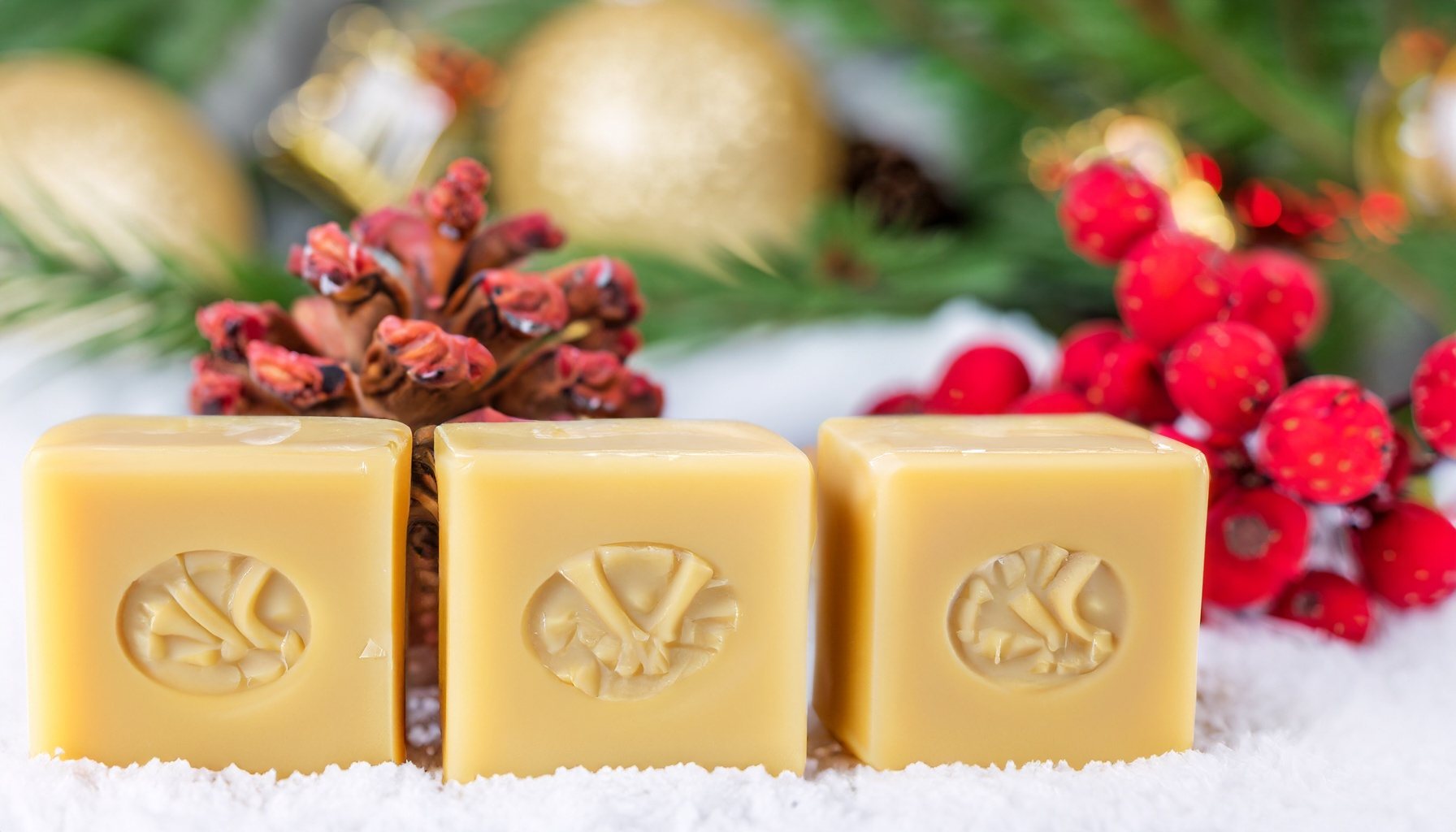
When the russet leaves begin their graceful descent and the air dances with a crisp yet tender chill, the canvas of nature is painted with the glorious hues of fall. It is during this enchanted interlude that the allure of fall wax melts rises like a silent sonnet, capturing the essence of autumn in every fragrant note. In this article, we embark on a sensory journey, exploring the nuanced aromas encapsulated in fall wax melts that transport us to a world where every breath is an embrace of the autumnal splendor.
The Melody of Fall Aromas
As the landscapes morph, gracing our visuals with a spectacle of colors, fall wax melts offer a complementary sensory experience. Fragrances inspired by the earthy tones of falling leaves, the spicy essence of autumn air, and the sweet, comforting aroma of baked goods fuse to recreate the soul of fall in the sanctuary of your spaces.
The Enchantment of Spiced Notes
Imagine the warmth of cinnamon, the spicy kick of clove, and the earthy allure of cedarwood converging to weave an olfactory tale. Each wax melt becomes a vessel, carrying within it the essence of fall, ready to unleash an aromatic narrative that dances gracefully with the autumnal breeze.
Harvest’s Bounty
Fall is synonymous with the harvest season, a time when nature bestows its bountiful gifts. Wax melts infused with the fragrances of ripe apples, pumpkins, and an assortment of spices echo the generosity of nature, filling your spaces with a rich, inviting aroma that is as heartwarming as the season itself.
A Cozy Embrace
As the nights grow longer and the air crisper, fall wax melts infused with the scents of roasted nuts, vanilla, and creamy caramel transform your home into a cozy retreat. Each fragrance note is a gentle hug, a warm embrace that counteracts the chill of the autumn air, offering comfort and solace.
A Sustainable Choice
In the spirit of honoring nature, whose mesmerizing transformation inspires the essence of these fragrances, many fall wax melts are crafted from eco-friendly, biodegradable materials like soy wax. It’s a silent nod to sustainability, ensuring that while we draw inspiration from nature, we also honor and protect it.
In Conclusion
Fall wax melts are not mere fragrant pieces of wax; they are curators of an autumnal experience, silent narrators of a seasonal tale where nature, aroma, and emotions intertwine. As each leaf falls, marking the transient yet eternal dance of seasons, these wax melts capture, if but for a moment, the soul of fall – allowing us to hold, breathe, and immerse in the ephemeral magic that autumn bestows.
Step into a world where every aroma is a leaf, every fragrance a story, and every wax melt a silent keeper of autumn’s majestic ballet. Welcome to a sensory celebration of fall, where each note is a bridge to the enchanted forests, golden landscapes, and cozy evenings that define the soul of autumn.




